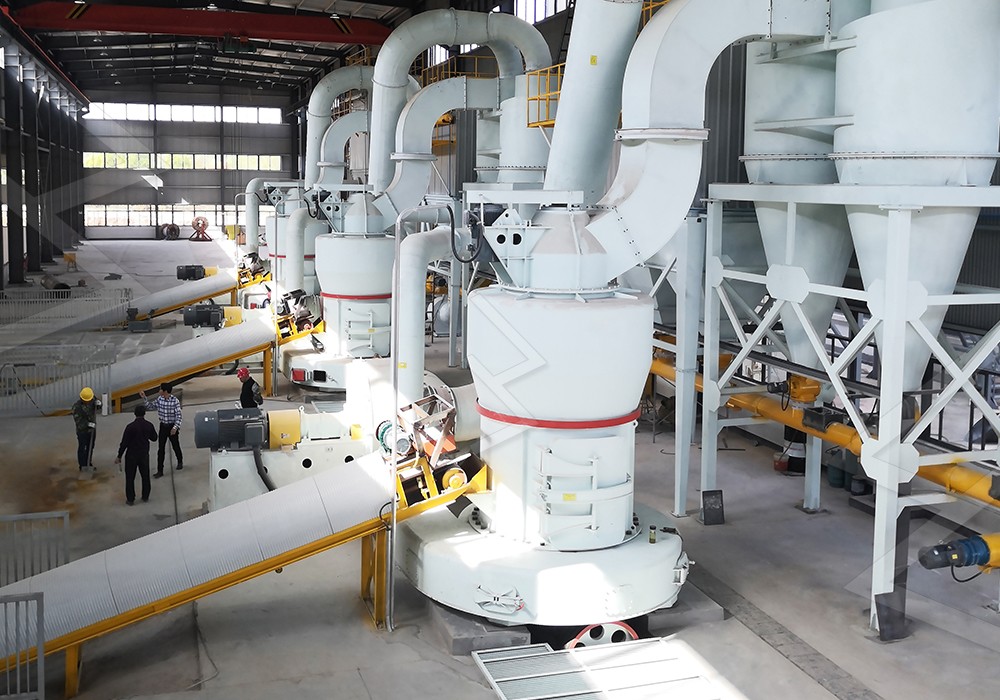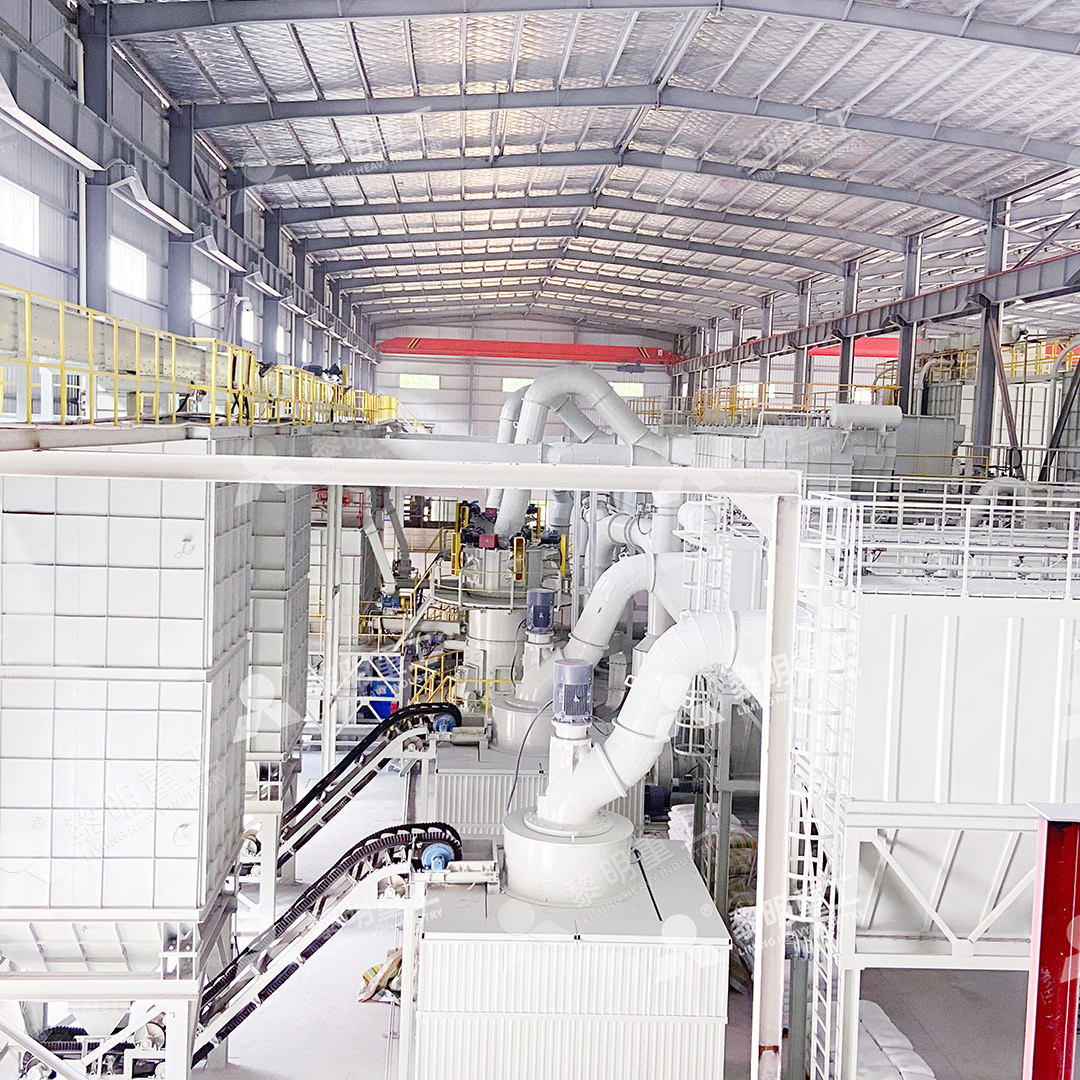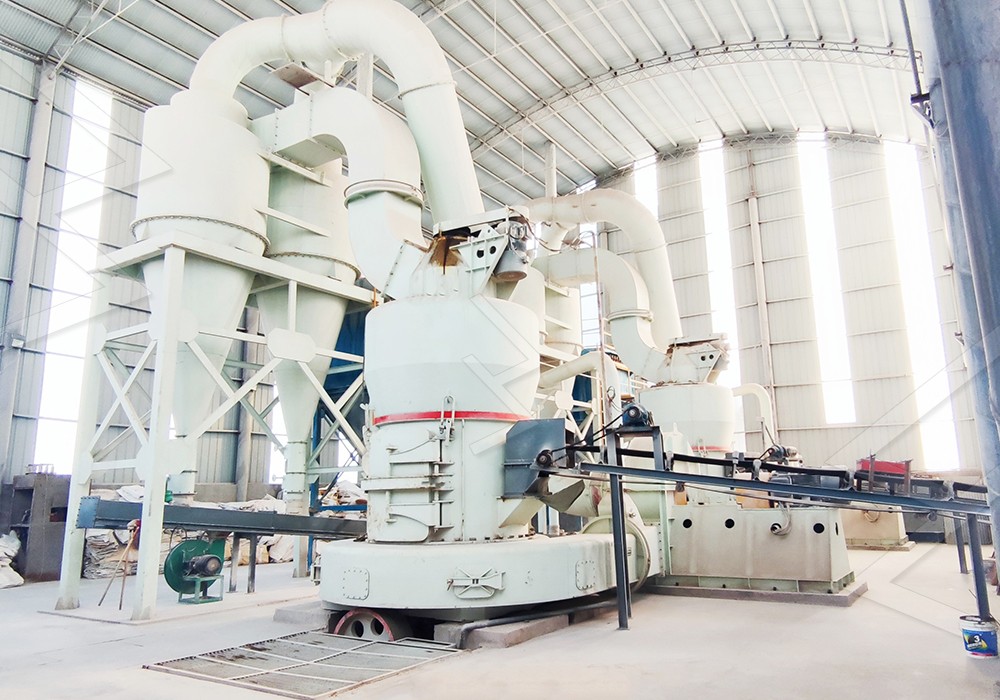Raymond Mill for Oyster Shell Calcium Carbonate Powder Production
Unlocking the Potential of Oyster Shell Waste Through Advanced Grinding Technology
For centuries, oyster shells have been viewed as mere waste products from seafood consumption. However, forward-thinking industries have discovered these calcium-rich materials represent a valuable resource when processed into high-purity calcium carbonate powder. The transformation requires specialized grinding equipment capable of handling the unique challenges posed by oyster shell composition.

The Grinding Challenge: From Hard Shell to Fine Powder
Oyster shells present distinct processing difficulties that conventional grinding equipment struggles to address effectively. Their layered structure combines hardness with brittleness, requiring mills that can generate both impact and compression forces. Additionally, the target applications for oyster shell powder—from dietary supplements to industrial fillers—demand precise particle size control and minimal contamination.
Traditional ball mills often prove inadequate for this application, typically resulting in inconsistent particle distribution and higher energy consumption. The abrasive nature of shell material accelerates wear on grinding components, leading to increased maintenance downtime and potential product contamination from worn parts.
Technical Solutions for Superior Oyster Shell Processing
Modern grinding technology has evolved specifically to address these challenges. The key considerations for oyster shell processing include:
- Precise particle size control between 200-2500 mesh
- Minimal iron contamination during grinding
- Energy-efficient operation to maintain profitability
- Integrated dust collection for clean working environments
- Durable construction to withstand abrasive materials
After extensive testing across various grinding platforms, our engineering team has identified optimal solutions for oyster shell processing. The MW Ultrafine Grinding Mill stands out as particularly well-suited for this application, offering adjustable fineness between 325-2500 meshes with precision German cage-type powder selector technology. With an input size capacity of 0-20 mm and throughput of 0.5-25 tph, this system handles the complete size reduction process efficiently.

Advanced Features for Optimal Performance
The MW Ultrafine Grinding Mill incorporates several innovations specifically beneficial for oyster shell processing. The absence of rolling bearings and screws in the grinding chamber eliminates concerns about damage to these components from abrasive materials. The external lubrication system allows for maintenance without production stoppages, a crucial advantage for continuous operations.
Environmental considerations are addressed through integrated pulse dust collection and noise reduction systems, ensuring compliance with stringent workplace and environmental standards. The mill’s higher yielding, lower energy consumption design provides production capacity 40% higher than jet grinding mills with system energy consumption reduced to just 30% of comparable systems.
Application-Specific Considerations
For operations requiring different throughput parameters or dealing with varying shell characteristics, the LUM Ultrafine Vertical Grinding Mill presents an excellent alternative. With input size capacity of 0-10 mm and throughput of 5-18 tph, this system incorporates the latest Taiwanese grinding roller technology and German powder separating technology. Its unique roller shell and lining plate grinding curve generates material layers more effectively, producing higher quality finished products with enhanced whiteness and cleanliness—critical factors for premium calcium carbonate applications.
Both systems feature digitalized processing with numerically controlled operations including steel plate cutting, bending, planing, milling, and paint spraying. This manufacturing precision ensures consistent performance and reliability, with sufficient spare parts supply to guarantee worry-free operation.

Frequently Asked Questions
What makes oyster shell calcium carbonate different from other sources?
Oyster shell-derived calcium carbonate offers unique crystalline structure and purity profiles. The natural formation process creates a highly bioavailable form of calcium, making it particularly valuable for nutritional applications.
What particle size range is achievable with the MW Ultrafine Grinding Mill?
The MW system provides adjustable fineness between 325-2500 meshes, with screening rates achieving d97≤5μm in a single pass. This range covers virtually all industrial and nutritional applications.
How does the equipment handle the abrasive nature of oyster shells?
Both recommended mills feature specialized wear-resistant materials in critical components. The MW Mill’s design eliminates rolling bearings and screws from the grinding chamber, while the LUM Mill incorporates reversible structure for easier maintenance of wearing parts.
What throughput capacities can we expect for oyster shell processing?
The MW Ultrafine Grinding Mill handles 0.5-25 tph depending on final fineness requirements, while the LUM Ultrafine Vertical Grinding Mill processes 5-18 tph. Actual throughput may vary based on moisture content and initial shell size.
Are these systems suitable for food-grade production?
Yes, both mills are designed to meet stringent cleanliness standards. The enclosed systems with efficient dust collection prevent contamination, and the absence of internal lubricants in the grinding chamber ensures product purity.
